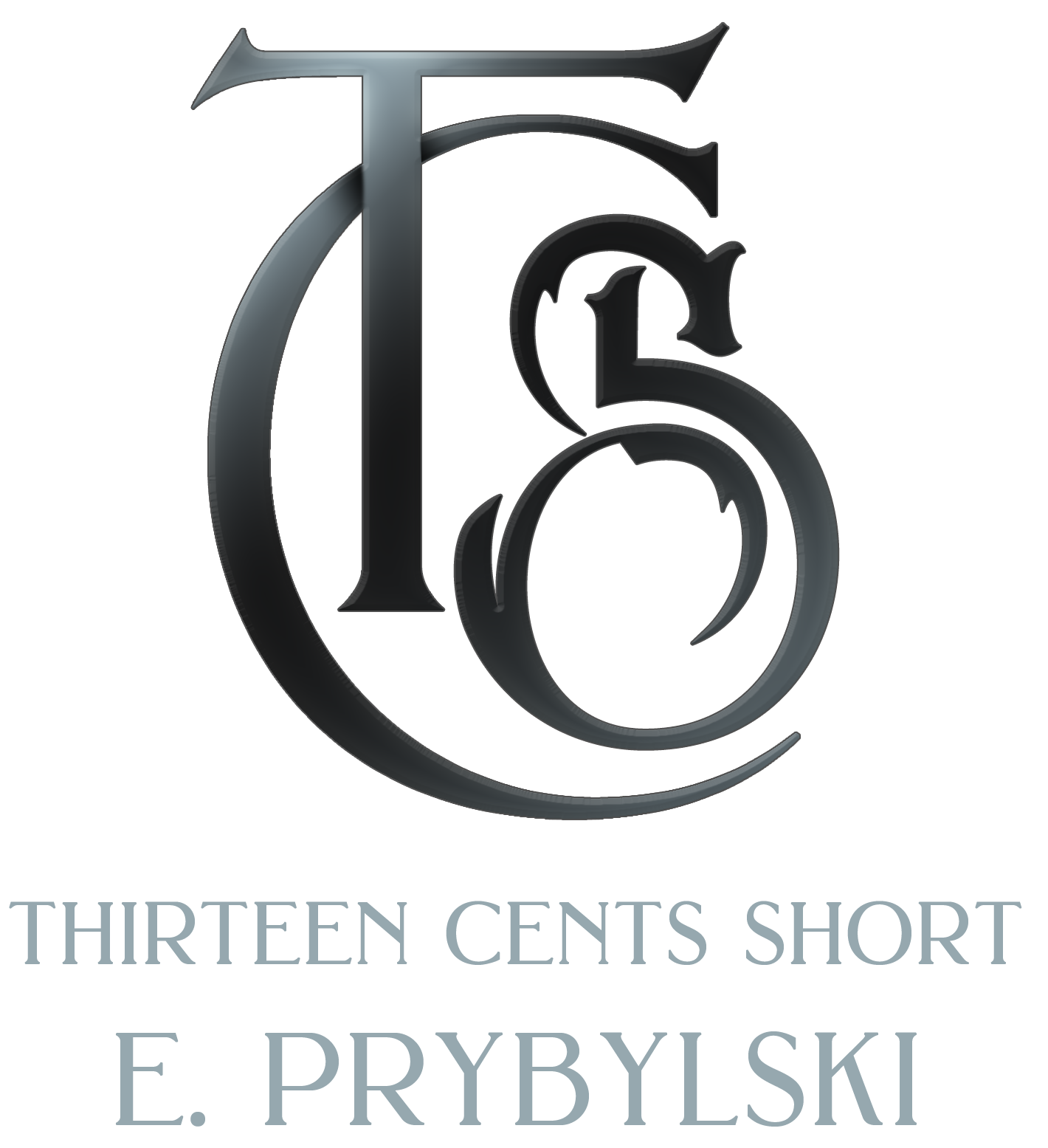I get quite a few queries every day and more than half of them seem to not read the website that we post. It’s frustrating as an editor to have people send you things without essential information.
The reason that the process asks so many questions is that we require specific information to not only know if we are interested in the manuscript but to which editor is going to read the work (if we end up asking for a manuscript).
To clarify this, I’m going to go through Divertir’s submission guidelines one at a time and explain the importance. This blog entry is, however, exclusively for novel-length queries. Though following these guidelines (and understanding why we require them) might help you understand things for short stories and poetry as well.
Divertir’s guidelines are:
- A query letter. Query letters should contain the following information:
-
- An introduction. Include the title of the book, the genre, and final word count.
-
- A summary of your manuscript. This is our first glimpse of your work, so it is important that it capture our attention.
-
- A description of the target audiences for the manuscript. Please include a list of titles you feel are similar to your manuscript and the age group of the target audience (children, young adult, or adult).
-
- The author’s bio. For nonfiction, this should include a discussion of why you are qualified to write on the subject of the manuscript. The bio should also include a list of the author’s previous publications and awards.
-
- Please include a discussion of the level of involvement you would like in the production and marketing of the manuscript if it is selected for publication. Please include contact information (email and phone) at the bottom of the query letter.
- A synopsis. The synopsis should be 2-5 pages single spaced. For nonfiction a chapter summary should be included in lieu of a synopsis. Failure to include a synopsis or chapter summary will result in the query being rejected. For a discussion on how to write a synopsis, please see this excellent article by Marg Gilks.
The introduction of the query letter is rather simple. It tells us who you are, the name of your work and so on. The reason for this is so that we can, at first glance, know what editor to send your work to, what collection (if it’s a short story) you’re sending the query regarding and roughly what size manuscript you’re looking for.
The summary should be the equivalent of the back-of-the-dustjacket blurb. It should be interesting and give a good feel of what your ideas for the story are. This is our first encounter with your story and it should be designed to make the story as interesting as possible.
The target audience of your book is important because it lets us consider who it is you believe will read it. From a marketing standpoint, this information lets us consider if that demographic would be interested in the work and figure out how we are going to market the work to the said demographic. It also gives us an idea of what you are trying to write for – though I must admit I heard about a children’s book that was filled with corpses.
Following that, we need a brief bio about you. This gives us an idea of what your experience level with publishing is. If you’ve been published before, it lets us know that you have a base of readers and that you likely have an understanding of contracts and what to expect from the process. This does NOT mean that we won’t accept new writers, however!
The marketing information is because with our company model, authors are integral in the marketing process and being willing to assist in that is always a bonus. It’s also good if an author has ideas to market their book and is willing to work with us to do so, that way everyone can benefit the most from the work that they are going to be able to.
The synopsis is the final part of the requirements and one of the most crucial. It’s also one of the more difficult. Where the summary is a brief dust-jacket blurb, the synopsis should be a more detailed breakdown. There are many good suggestions on ways to write synopses and we link to a wonderful one in our list up above.

your good
[…] guess the fact that our Acquisitions Editor Elizabeth Harvey also blogged about our submission guidelines this week suggests that this has become a bit of an issue for us. So I would like to discuss some […]
[…] Why Is The Submissions Process So Strict? (efharvey.wordpress.com) […]
[…] Why Is The Submissions Process So Strict? (efharvey.wordpress.com) […]
[…] Why Is The Submissions Process So Strict? (efharvey.wordpress.com) […]